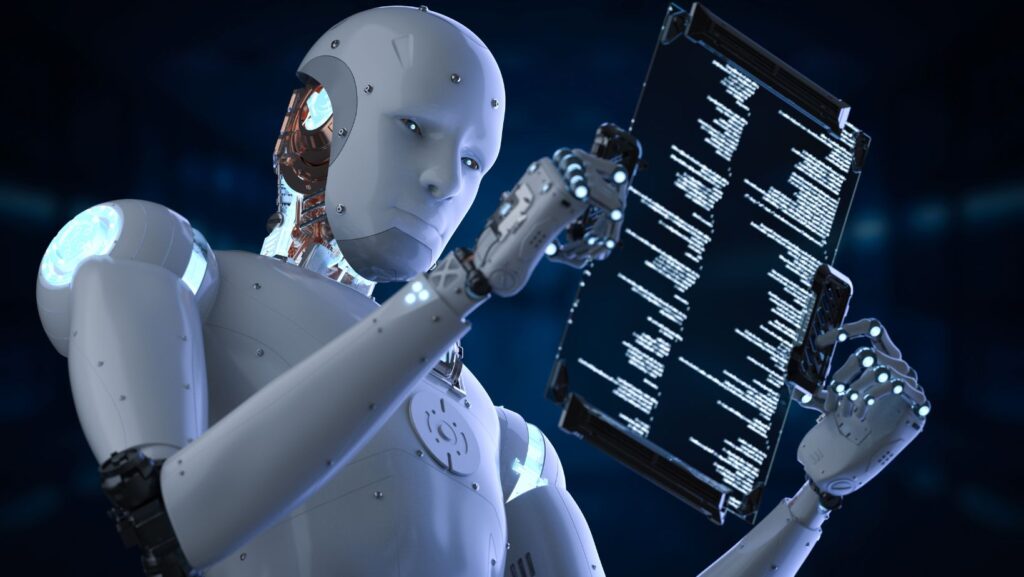AI or artificial intelligence hasn’t been a disappointment but it’s not always easy to see what the point is. For instance, image generators like Midjourney have a definite use in concept art, to the extent that game companies seem to be mulling over the need for human artists.
Yet biological creators don’t seem impressed. “AI can’t handle concepts: collapsing moments in time, memory, thoughts, emotions”, artist Anna Ridler told The Guardian.
In a similar vein, AI video enthusiasts seem to enjoy making films of Will Smith eating spaghetti. The actor eating meatballs was described by Ars Technica as “actually truly horrifying”.
It’s all in good fun but AI’s meme-friendly potential seems to consign it to the garbage bin – at least in its current state – as something with no use outside of making people laugh. Ridler’s comments about AI imagery shame every outcome, suggesting that pictures created by machines don’t qualify as art at all.
After all, how can you create art without a soul?
Michaelangelo
It’s debatable whether anybody ever expected AI to replace human concepts that might as well be magic. In speech and writing, the use of irony, sarcasm, humour, subtext, and metaphor are things that machines may never be able to approximate.

AI doesn’t seem to have been meant for this purpose. The computers we use all day, every day, excel at repetitive, precise actions with a definite outcome – the exact opposite of the process that spurred Van Gogh or Michaelangelo on.
There is hope for AI, even within the creative industries, and especially in the field of restoration and upscaling.
Star Trek
The pursuit of HD, 4K, and other resolutions unifies every part of entertainment. To coincide with the release of Fallout on Amazon Prime, developer Bethesda announced that it would release a “next-gen” update for 2015’s Fallout 4, complete with higher-resolution graphics.
Similarly, over in the casino niche, even retro-styled games like Cash Volt are developed with HD visuals in mind, providing a glossy sheen to an otherwise classic experience. These titles are suitable for play on modern smartphones, where advanced displays like Apple’s Retina show every blemish.

Movies and TV shows lead the AI upscaling charge, arguably because recent shifts in how people enjoy their stories (from DVD to Blu-ray to streaming, for example) keep rendering the past useless. TechCrunch notes that a $10 million remake of Star Trek for Blu-ray failed when streaming debuted immediately after.
Star Trek increasingly serves as a testbed for AI upscaling because the 90s shows, including The Next Generation and Deep Space Nine, were made in 420p resolution.
“Han Shot First”
Gaming looks like it might get the bulk of the attention in the near future. Samsung, Sony, AMD, and Microsoft have all announced an intention to work with AI upscaling technology. In Sony’s case, the PS5 Pro model will use AI to make existing games look better, while AMD will do the same for PCs.

Upscaling, remastering, and reissuing isn’t without its risks, as the “Han shot first” Star Wars controversy demonstrates. Seemingly, something is always lost in this kind of time travel, whether it’s the liminal atmosphere of an early console or respect for an entire franchise.
Game developers Bethesda, Rockstar, and Naughty Dog have re-released the same package(s) several times since 2010, for instance.
As AI upscaling is a developing, incomplete technology, the case for a cycle of granular remasters does seem quite strong. Let’s hope George Lucas and co. get it right the first time.
